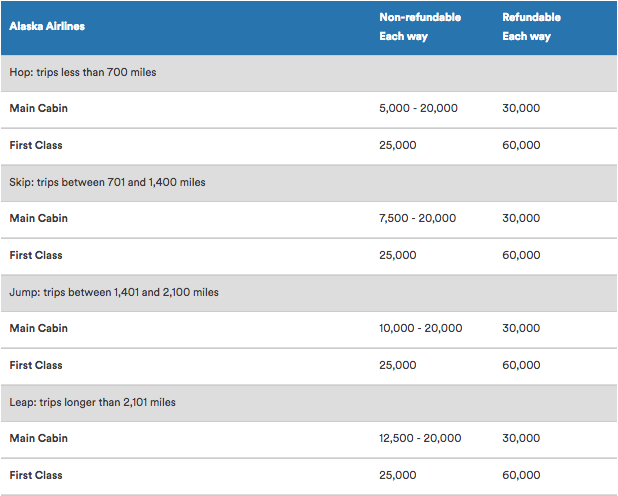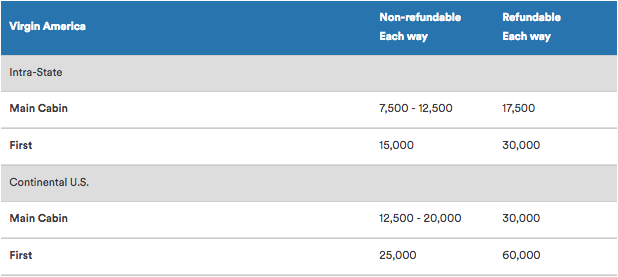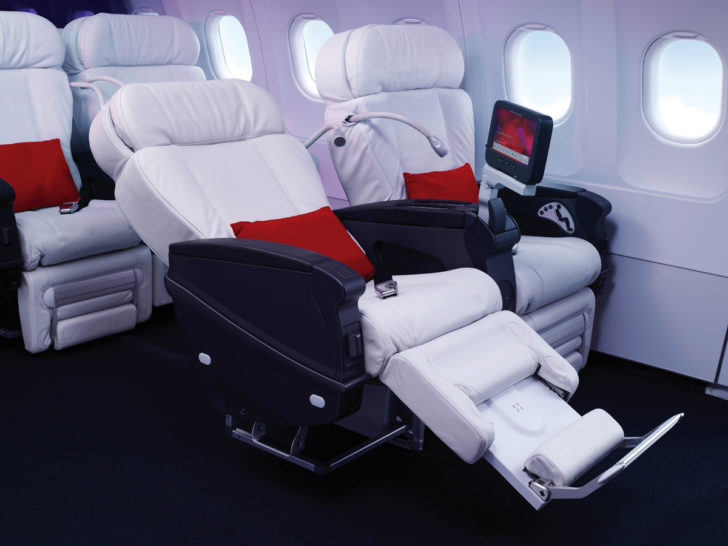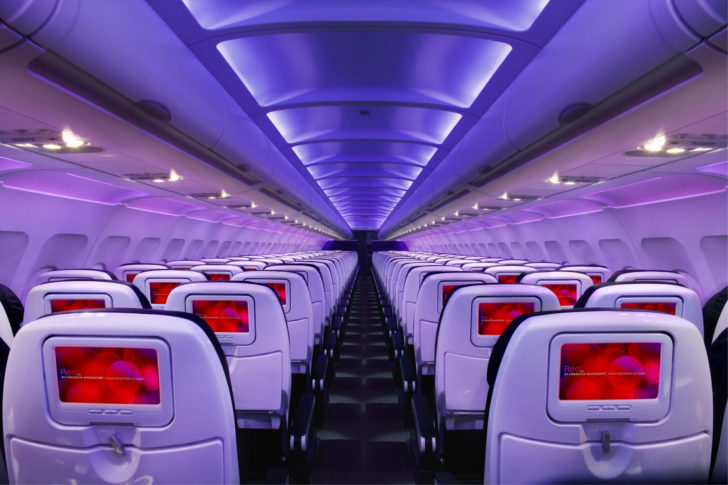Although the Virgin America brand will live on for the time being, the carrier is adopting Alaska’s Mileage Plan loyalty program. That means eventually you’ll need to create a Mileage Plan account, credit your Virgin America flights to Mileage Plan, and transfer any existing Elevate points to Mileage Plan.
You can also use Mileage Plan miles to redeem free award flights operated by Virgin America. However, it’s not quite as simple as redeeming miles on Alaska Airlines because the cost of an award is different on each carrier. Plus, remember that Alaska recently rolled out some changes to its own prices that offer discounts on shorter flights when you fly on Alaska or Horizon. The new model has variable prices based on the distance you fly rather than a single intra-state discount.
I compare the prices of award travel on Virgin America and Alaska Airlines in more detail below. These are all priced in Alaska miles. You can still book them if you have Elevate points by transferring them to Alaska Airlines with a 30% bonus. Look up these tables yourself using Alaska’s interactive award chart.
Within the Continental U.S. (including Alaska)


Alaska Airlines recently introduced discounted economy class awards for shorter flights. That means you could pay as few as 5,000 award miles for a trip that involves traveling 700 miles or less. (The chart shows a range up to 20,000 miles because more award space is limited, and more space becomes available at higher prices.)
Interestingly, award travel on Virgin America uses the old intra-state discount model that Alaska used to have. It doesn’t matter how far you fly as long as you travel between two points in the same state. If you fly outside the state, you’ll pay the full price of 12,500 miles. First class is also cheaper on intra-state Virgin America flights.

Between the Continental U.S. and Hawaii


There is a much smaller difference between the two carriers if you are flying to Hawaii. Virgin America costs a few thousand miles more for the cheapest “saver” or “non-refundable” award tickets. But for first class, or if you want to buy a more expensive award with last seat availability, the prices are pretty much the same.
Between the Continental U.S. and Mexico


Alaska’s complicated domestic prices reappear. There are no huge discounts for flights shorter than 700 miles, but still you can see prices change whether you fly under 1,400 miles, between 1,400 and 2,100 miles, or more than 2,100 miles on Alaska Airlines. Virgin America just has one price.

Both carriers have a little bit of variability for non-refundable awards in economy class. Again, this has to do with how many seats are available. Refundable awards truly are “last seat available” so you can always book them but will pay the most. Non-refundable awards might be very cheap if there’s lots of inventory available or somewhere in the middle if there’s only some inventory.
Again, I’m not sure why first class on Virgin America is cheaper, but it’s a nice surprise.
Summary
The new prices for economy class travel on Virgin America flights are slightly higher than for travel on Alaska Airlines in many cases but also a little lower in first class. In general the prices are a good value and consistent with what we’ve seen from many other airlines. For example, domestic U.S. awards are 12,500 miles each way with a discount for intra-state awards.
Overall, using Alaska miles for award travel remains inexpensive and a great value. But it is so… darn… confusing. Alaska Airlines has historically had a very complicated award chart. I defended it because Alaska isn’t part of an alliance and negotiates its relationship with each partner separately. But Alaska Airlines now owns Virgin America, and both carriers are going to use the same loyalty program. Creating separate charts for flights operated by Alaska and Virgin doesn’t help, and I can only hope this situation is temporary.
